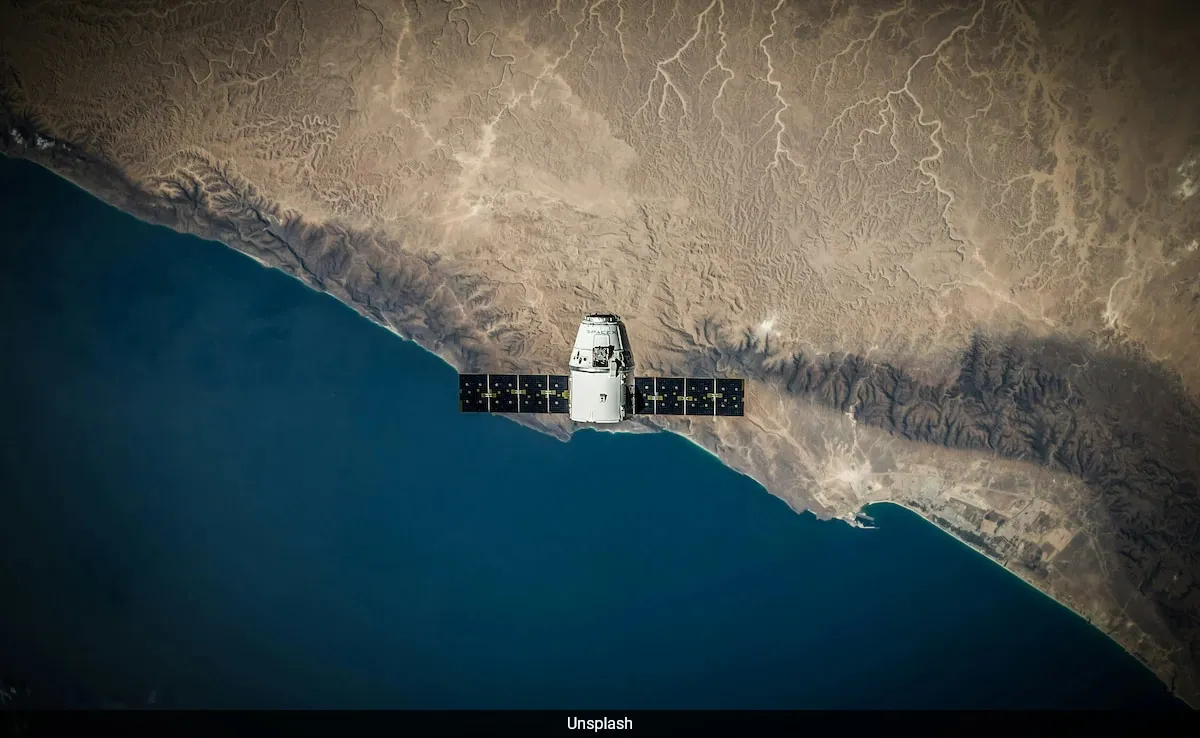Starlink Satellites Interfere with Radio Telescopes and Astronomical Research

Starlink Satellites and Their Unintended Emissions
Starlink satellites, a brainchild of SpaceX, are rapidly populating low Earth orbit, yet they pose significant challenges to astronomical research. These satellites are known to emit unintended signals that disrupt radio telescopes, such as LOFAR, leading to complications in the collection of precise data.
The Impact on Radio Telescopes
- LOFAR relies on clear signals to examine cosmic phenomena.
- Interference from Starlink could skew observations and hinder research efforts.
- Burgeoning satellite constellations raise alarms over long-term astronomical sustainability.
Challenges Ahead
As astronomers strive to protect their data integrity, sustainable space policies must evolve to mitigate these challenges. Balancing technological advancement with the needs of astronomical research is essential to ensure that future generations can explore the universe unabated.
This article was prepared using information from open sources in accordance with the principles of Ethical Policy. The editorial team is not responsible for absolute accuracy, as it relies on data from the sources referenced.